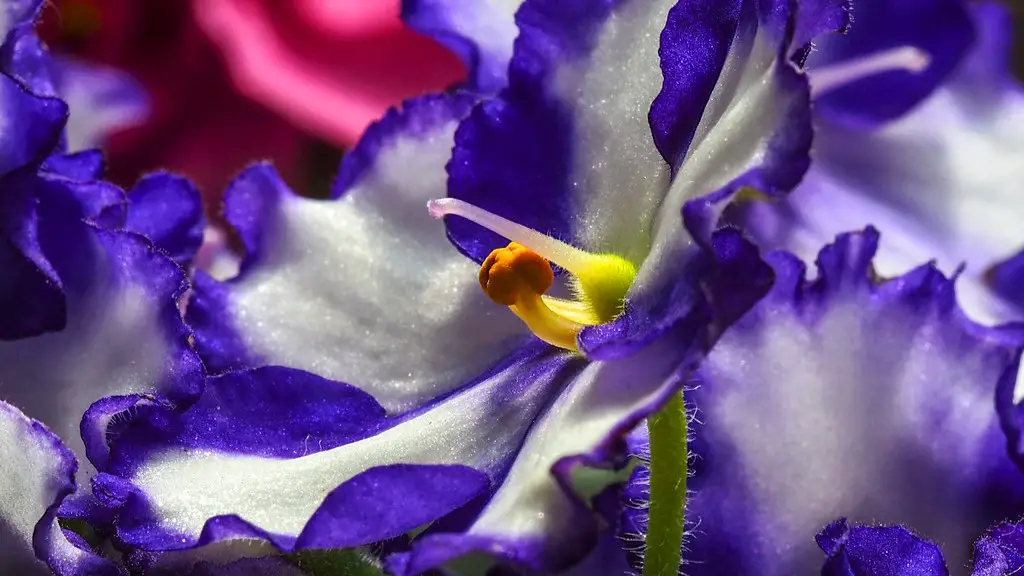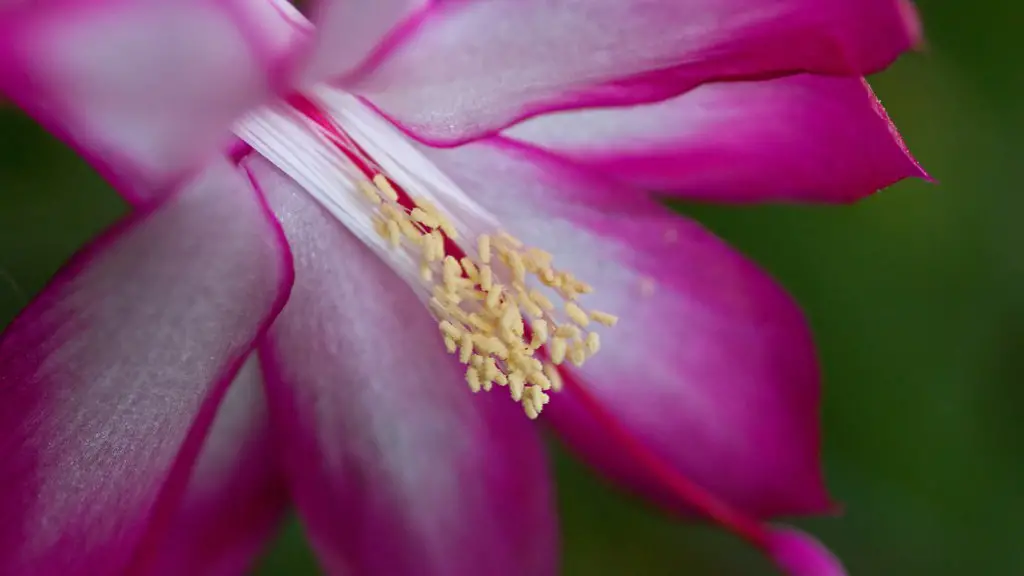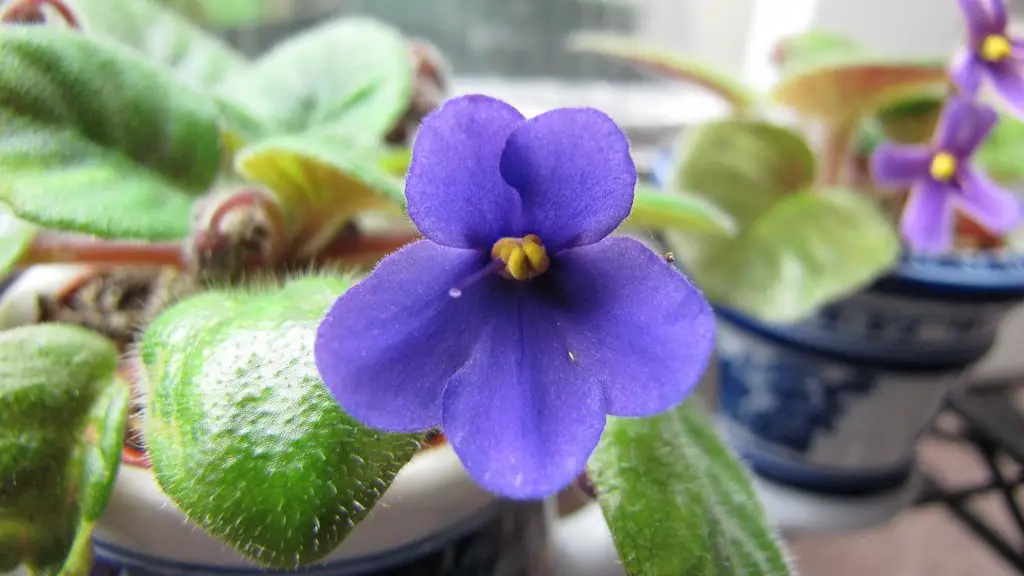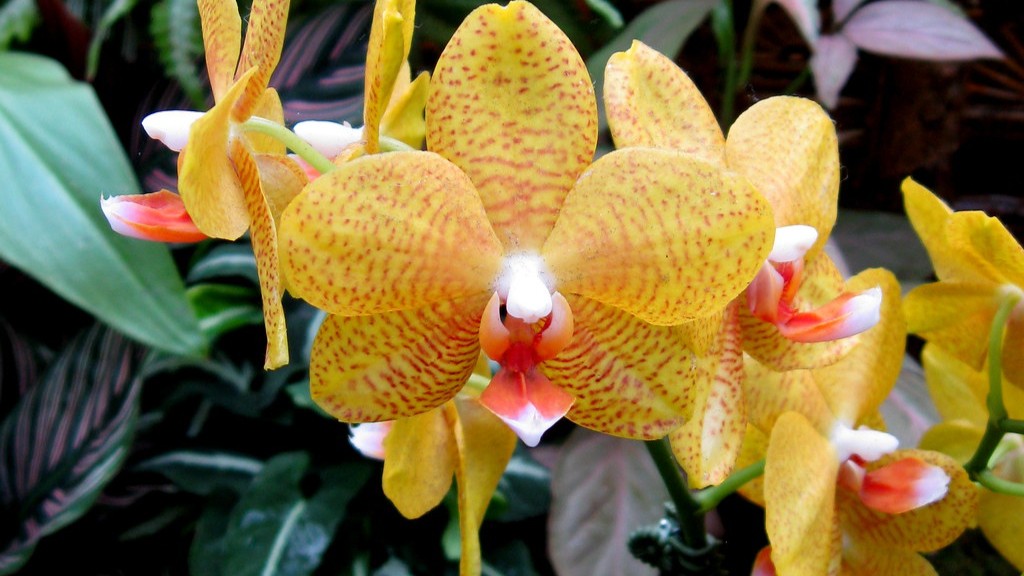Miniature African violets are a type of houseplant that is native to Africa. They are known for their small size, pretty flowers, and ability to thrive indoors. If you are thinking about adding a miniature African violet to your home, there are a few things you need to know about caring for these plants.
1. watering- water your violets regularly, about once a week. Be sure to empty any excess water from the saucer after watering.
2. Light- miniature african violets need bright, indirect light. Place them near a window out of direct sunlight.
3. Fertilizing- use a specialized african violet fertilizer about once a month.
4. Potting- use a pot with drainage holes and a light, well-draining potting mix. Re-pot every 12-18 months as needed.
5. Propagating- african violets can be easily propagated from leaf cuttings.
How do you take care of a miniature African violet?
African violets need just enough water to keep the soil moist, but never soggy. Be mindful, because too much water will leave Violet susceptible to such deadly pathogens. It is always important not to get water on the leaves. The only exception is when you are misting to increase the humidity around your plants.
Miniature African violets are a type of plant that is typically small in size. They usually only grow to be between 3 to 6 inches in diameter, and they typically don’t get any taller than 6 inches in height. Miniature African violets are a popular type of plant to have in homes or offices because of their small size and because they are easy to care for.
Should African violets be watered from the top or bottom
It really doesn’t matter if you water your African violets from the top or the bottom, as long as you use lukewarm or warm water (avoiding cold water, which can shock the plant). Just be careful not to get water on the leaves when the plant is in the sun, as this can cause leaf spots.
A wicking system is a simple irrigation system that uses a wick to draw water from a reservoir up to the plant roots. African violets are particularly well suited to this type of watering system as they have shallow roots that dry out quickly. The wick should be made from a material that is absorbent and porous, such as cotton or bamboo. To set up a wicking system, simply place the wick in the reservoir and make sure that the other end is in contact with the soil of the African violet pot.
Is it OK to touch African violet leaves?
Most plants enjoy a good brushing now and then to remove dust and debris, but african violets are different. These delicate plants are easily damaged by too much handling, and their quality and size can suffer as a result. So the next time you’re tempted to give your african violet a little TLC, resist the urge and leave it be!
It is important to water African violets carefully, as they are susceptible to crown rot. Do not mist the foliage, as this may cause permanent leaf spotting. Use room-temperature water, and water the crown (the section of the plant at soil level) carefully to avoid saturation.
Where is the best place to put an African violet?
If you want your plants to have the best color and bloom, grow them in bright, indirect light. A plant stand three feet away from a west- or south-facing window is an ideal location. Plants will still grow when situated right beside north- or east-facing windows, but leaves will be thin and spindly, and plants less likely to bloom.
The best way to water an African violet plant is from the bottom up. This allows the soil to soak up the water through the drainage holes at the bottom of the pot, and provides the plant with a consistent supply of moisture.
Are clay or plastic pots better for African violets
Growing African violets in terra cotta pots is ideal because the porous material allows the roots to breath better and prevents the soil from staying too wet. African Violet roots don’t go very deep; they like to go sideways, so don’t use a deep pot. Your pot must have suitable drainage holes so you can water from underneath.
If you are unsure about the quality of your tap water, it is best to err on the side of caution and use distilled or purified water for your African violets. This will help to ensure that your plants are not adversely affected by any fluctuations in chlorine levels or other dissolved solids.
How do I know if my African violet needs to be repotted?
When you notice that your African violet has outgrown its pot, it’s time to repot it. Choose a pot that is only slightly larger than the current one, and use fresh potting soil. Gently loosen the roots and remove the plant from its pot. Place it in the new pot and fill in around it with the potting soil. Water well and keep the plant in a warm, bright spot.
When cleaning your African violet leaves, it is best to use room temperature or tepid water. Spray the leaves with water and then use your fingers to rub the top and bottom of the leaves. You can also use the spray bottle method to clean the leaves with liquid soap.
How do I keep my African violet blooming
To ensure your African violets thrive, they need bright, indirect sun. Too little sunlight causes them to stretch for the light and produce few or no flowers; too much sun can burn the leaves. An east-facing window is ideal, especially with a sheer curtain to block the sun’s harshest rays. They also need eight hours of darkness every night.
1. Let There Be Light: African violets need bright, indirect light to bloom. If your plant isn’t getting enough light, it may stop blooming.
2. Turn Up the Humidity: African violets prefer humid conditions. If the air in your home is too dry, your plant may stop blooming.
3. Replenish Essential Nutrients: African violets need nutrients to bloom. If your plant is lacking in nutrients, it may stop blooming.
4. Keep it Pleasant: African violets prefer moderate temperatures. If the temperature in your home is too hot or too cold, your plant may stop blooming.
5. Choose the Right Soil: African violets need well-drained, loamy soil to bloom. If your plant is in potting mix that is too heavy or too light, it may stop blooming.
6. Protect From Pests & Disease: African violets are susceptible to pests and disease. If your plant is infested with pests or infected with disease, it may stop blooming.
7. Constrict the Roots: African violets need to be rootbound to bloom. If your plant’s roots are
What do Overwatered African violets look like?
If you believe your African Violet plant has been overwatered, take immediate steps to rectify the problem. First, check the soil to ensure it is indeed retaining too much water. To do this, insert your index finger about an inch into the soil. If the soil feels soggy and goes easily between your fingers, then it is oversaturated with water. If the soil feels dry or only slightly damp, then you have likely not overwatered your plant.
Once you have confirmed overwatering is the problem, take the African Violet out of its pot and remove as much of the soaked, compacted soil as possible. Next, replant the Violet in fresh, dry soil and be sure to use a pot with drainage holes to avoid the problem in the future. Water your African Violet sparingly from now on, giving it only enough water to moisten the soil. Allow the top inch or so of soil to dry out in between waterings. With proper care, your African Violet should soon recover from its overwatering ordeal.
If you’re growing an African violet, it’s best to choose a pot that’s on the smaller side. A pot that’s 3-4 inches in diameter is a good size for a standard African violet plant. African violets do best when they are slightly pot-bound, so don’t choose a pot that’s too large.
Final Words
To care for miniature African violets, water them consistently and fertilize them every two weeks. Place them in a bright spot out of direct sunlight, and allow the soil to dry out between waterings.
If you have ever wanted to have a miniature African Violet of your own, the process is not as difficult as you may think. With a little bit of care and attention, you can have a thriving plant that will bloom for years to come.





